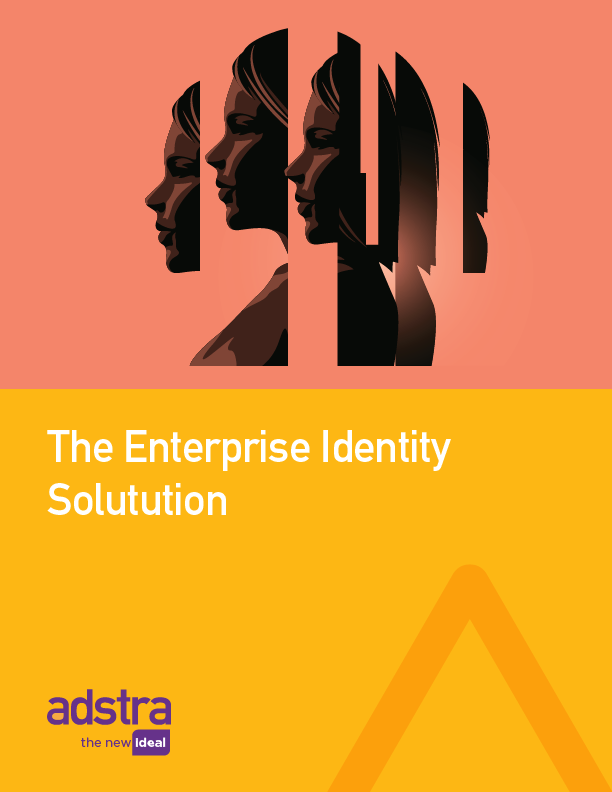Match Rates Don't Necessarily Mean Campaign Results
How to get more from Identity Matches
By James Hsu
VP of Identity Product
VP of Identity Product

As advertisers look for new ways to use their first party data sets, they are increasingly exploring clean rooms and other privacy-friendly matching programs. The ability to match two data sets and find overlap is widely seen as a privacy friendly way to expand an audience for targeting, but, while match rates are helpful, they are now perhaps carrying too much value in marketer’s eyes.
Match rates are viewed as an indicator of accuracy and addressability, which is only superficially true. Match rates don’t necessarily equate to results. In reality, match rates are merely partial indicators of overlap between two data sets. Simplistically, one could suggest a match on the same first letter of a name or zipcode only. Brands need to go much further if they want to understand the accuracy and the utility. And, importantly, blind confidence in match rates can prevent marketers from understanding how to get more out of their identity resolution processes.
Why Match in the First Place?
Brands match identity files against each other to do three things: connect data, analyze the data, and build audience segments. These segments can then be pushed to activation points across channels, including digital advertising.
The value derived from those marketing activations is reliant upon several factors, including the accuracy of the match, a brand’s confidence in the matching data set, and how that data flows from the matching mechanism (possibly a clean room) into the other channels where it will be used.
Therefore, before brands even start the matching process, it’s important to consider the entire ecosystem that the data will interact with, from the matching mechanism, all the way down to the activation point.
It’s also important to remember that all matches are probabilistic at their core – even those traditionally labeled as deterministic. Every match has a margin of error based on a number of factors in the matching logic and in the underlying datasets, meaning that every match falls somewhere on a spectrum of confidence and certainty. Some are highly confident matches, others less so. Understanding this point is the first step is critical, and it opens up a space of possibility that can reveal a great deal about what matches really tell you.
Armed with that knowledge, brands can move on to some
critical questions:
- Who are you matching with?
- Do you share a match key?
- What can you expect from that match?
- How will you use the match?
- How does the match rate correspond to the use case and expectations?
Understand the Matching Logic
The first step in looking beyond the match rate is to understand the matching logic and the match key. This may sound basic, but it’s a step many brands miss, and it’s critical to understanding the output. Oftentimes a brand will say, I have emails from consumers who have signed up for a raffle. The partner they want to match with has mobile IDs. The brand may want to understand how many of its signups used that particular mobile app, but the two partners don’t share a match key. This requires finding an intermediary to bridge the two data sets, and in selecting the intermediary, the brand should first understand the basic logic of the process in bridging the two data sets.
Appreciate the Tradeoff Between Accuracy and Scale
Other times, even when partners share a match key, the scale may be too small. The app company in the above example may actually have email registrations, but only for 20 percent of its total users. Even though both companies share a match key, they need an identity partner to better align the match rate with the desired output. In this case, an identity company could help make connections between MAIDs, emails, and name and home address (all done anonymously).
Even with outside data enrichment, it still may not be possible to have all of this information available for every ID being shared between the two companies. If the first company wants to only use matches that can align MAID, email, name and home address, the size of the match pool is going to decrease substantially. The benefit here is accuracy, but it comes at the cost of scale.
Go Deeper into the Underlying Data
A brand moving through this process now has a match key and data. From there, the next step is to go deeper into the app’s data to find the desired target audience for marketing efforts. If the app in question is a health app, the brand may want to know how many people within the matched pool exercise 3-4 times a week. Before going there, the brand needs to understand what percentage of the data is represented by the matched IDs. This helps the brand understand how much of the match overlaps with the people they are actually interested in reaching.
This is critical, because it helps brands understand the value of their various match rates across partners. For instance, Health App A may have a much higher match rate than Health App B. On the surface, App A looks like a better partner. But if the overlap between that match rate and the target health-conscious audience is greater on App B, then App B will likely drive greater results, even with a lower match rate.
This is the classic example of why brands can’t get trapped thinking match rates are the only metric that matters. Match rates are simply a measure of the matches themselves. A higher match rate does not always lead to greater campaign success. Brands can’t use match rates as the test case – they need to use the campaign results built around the match rates as the test.



